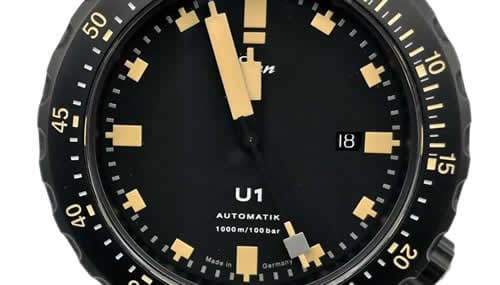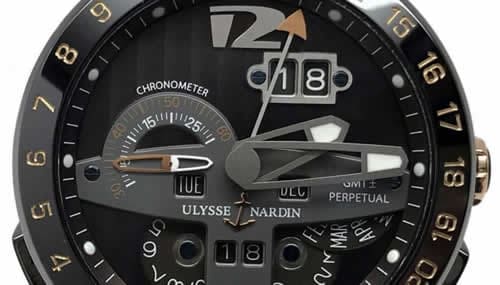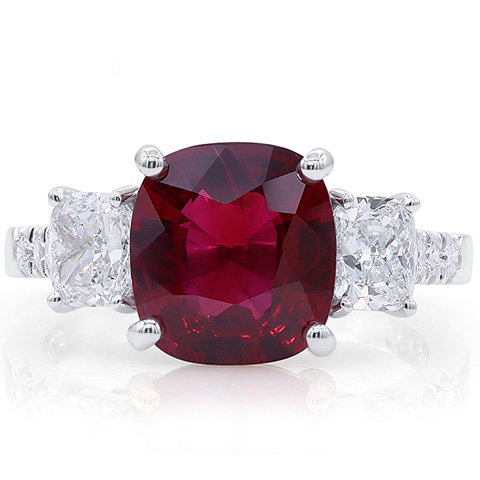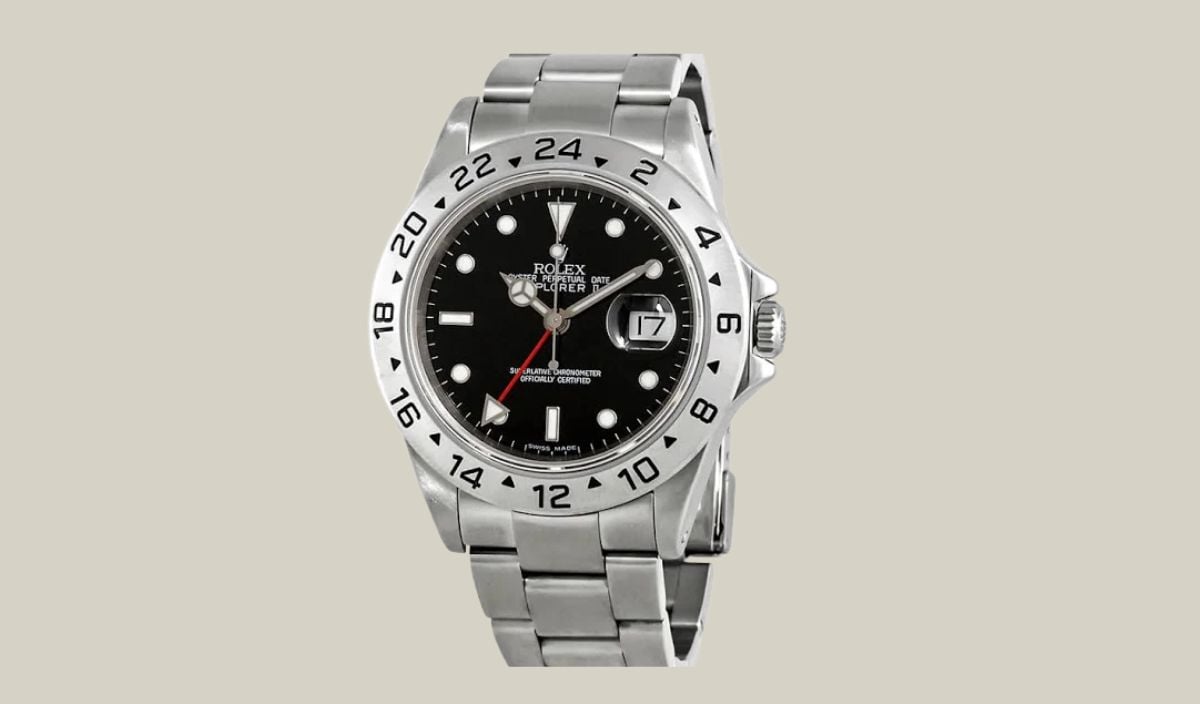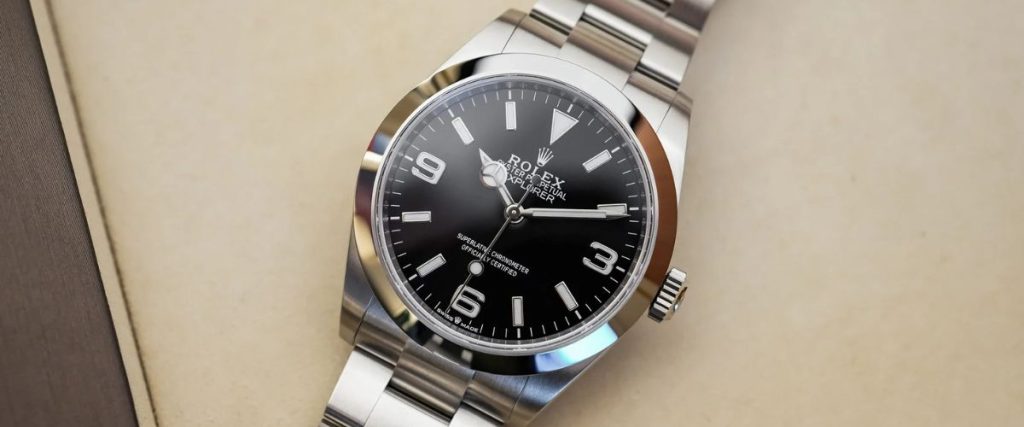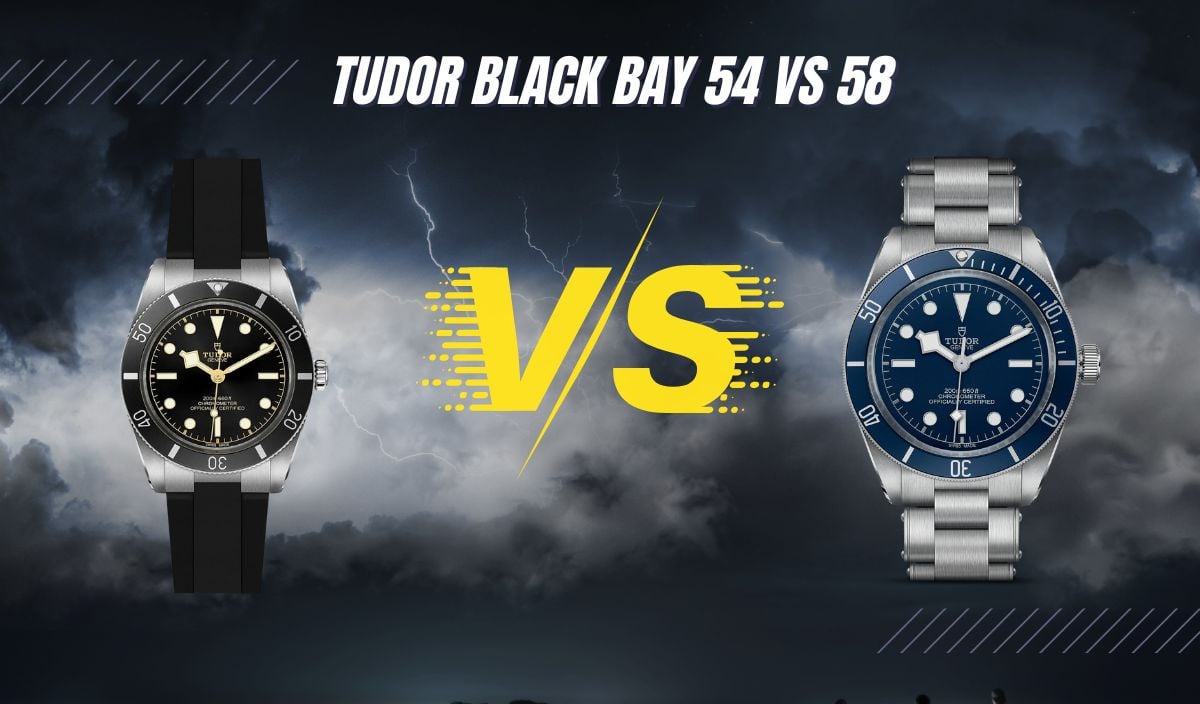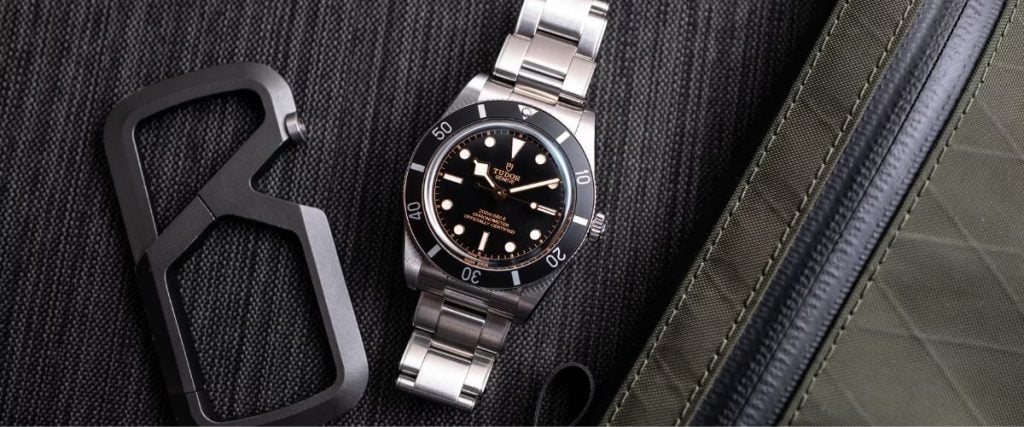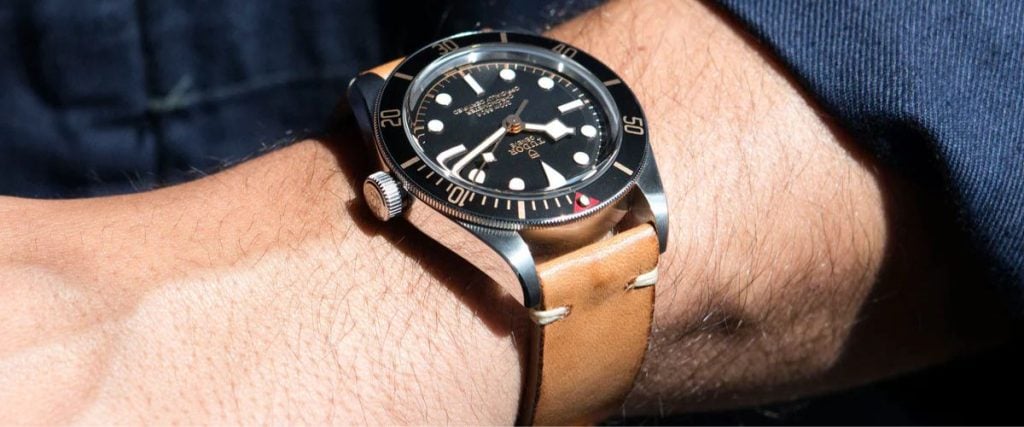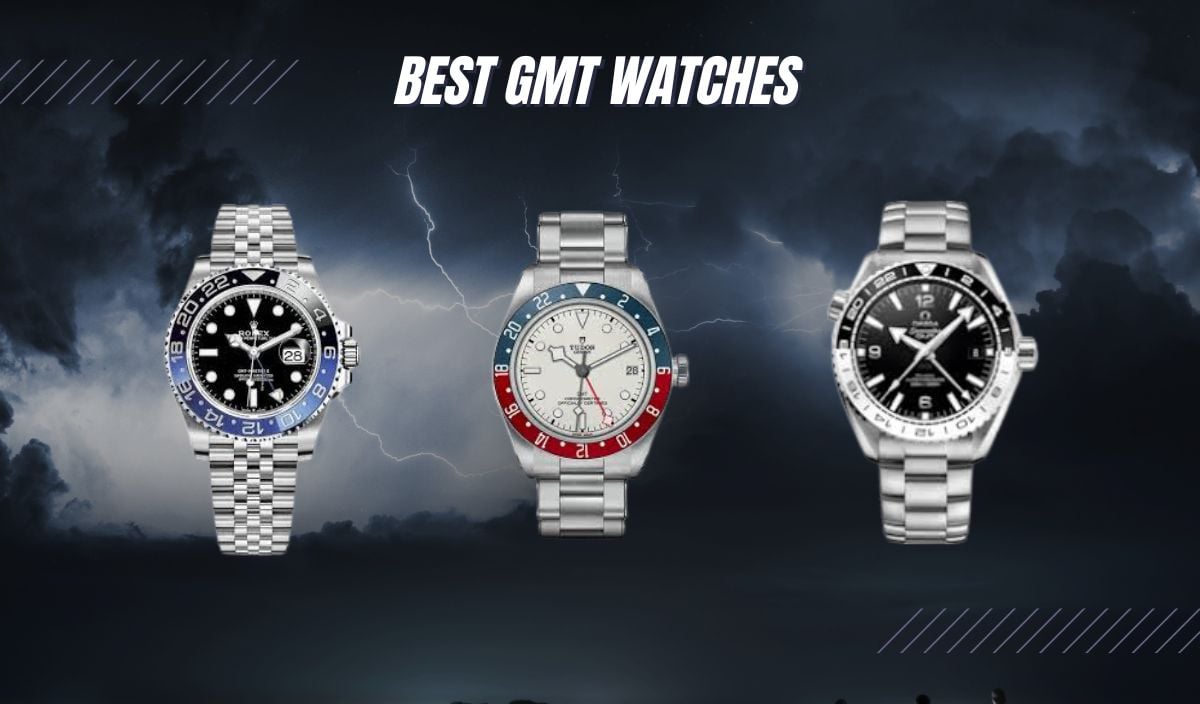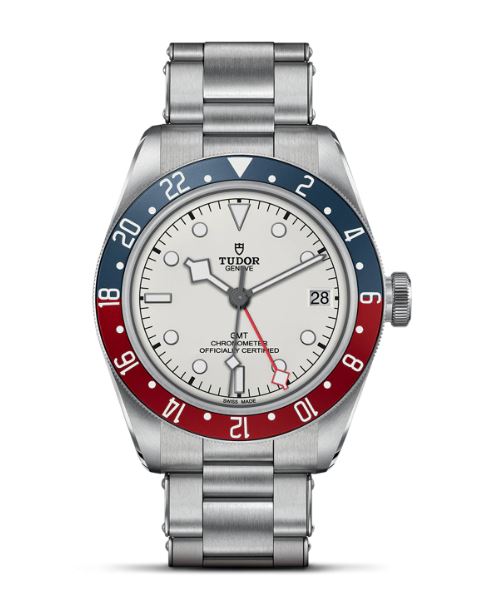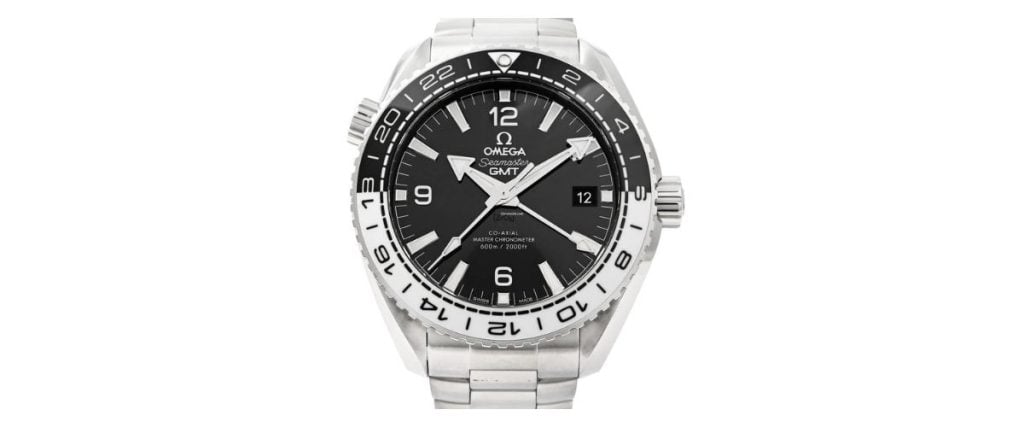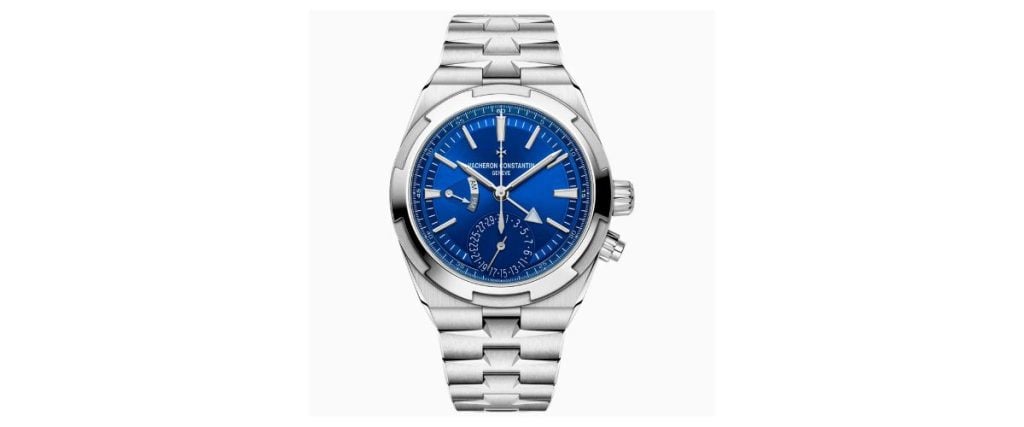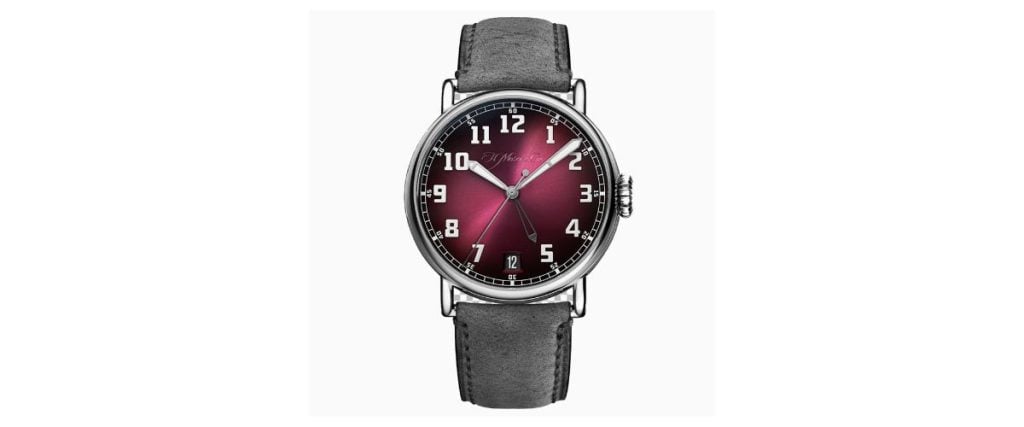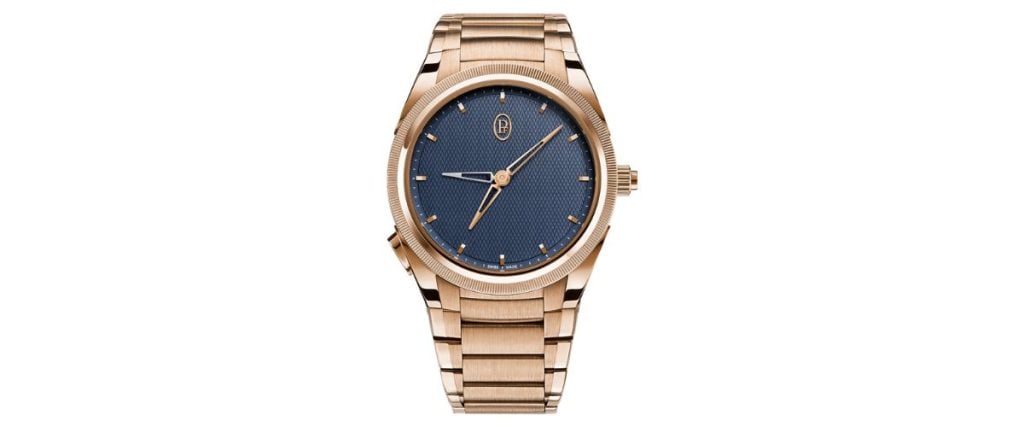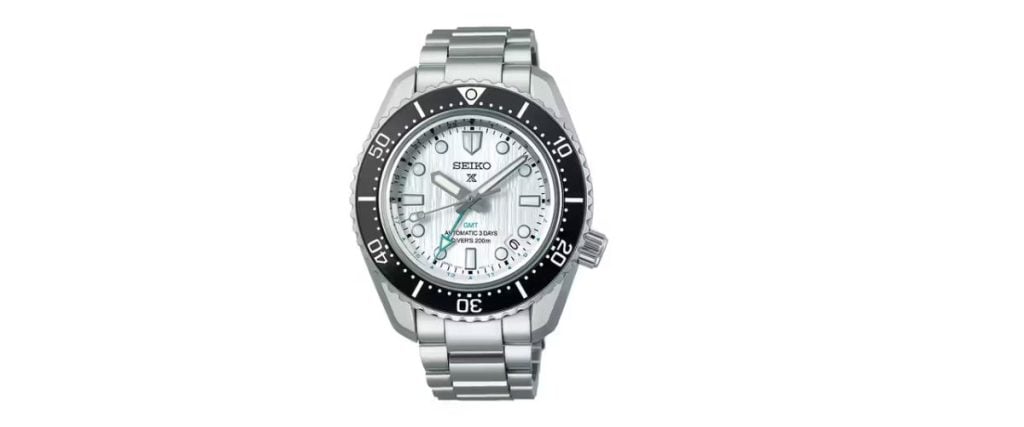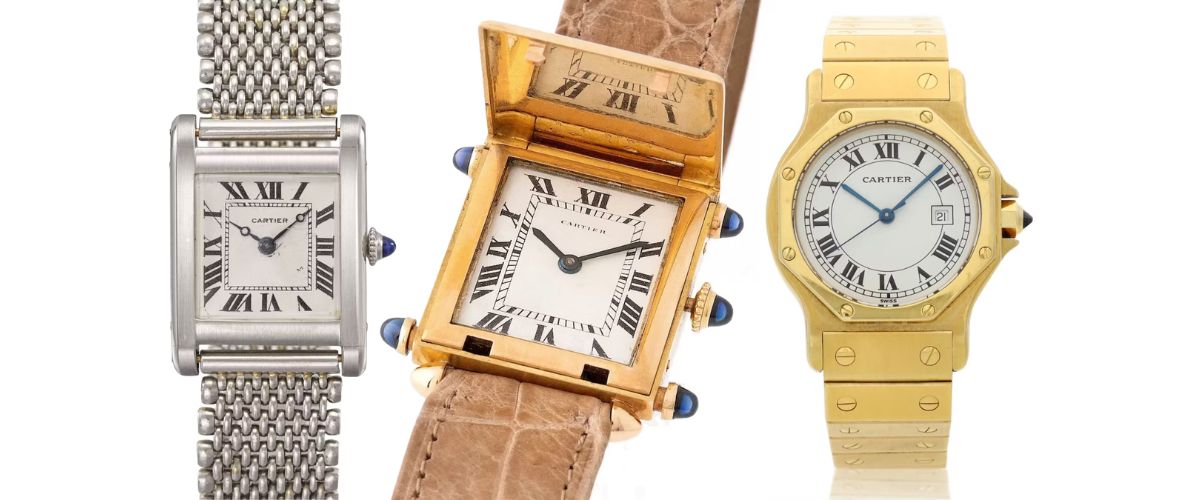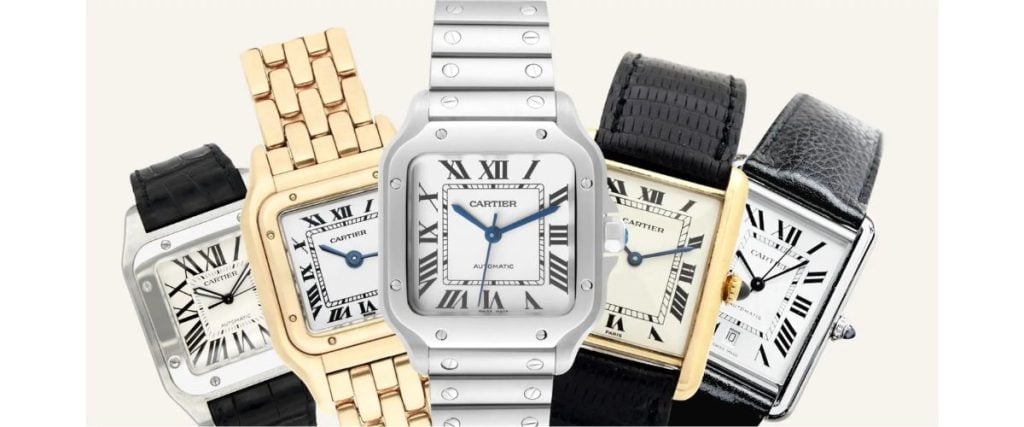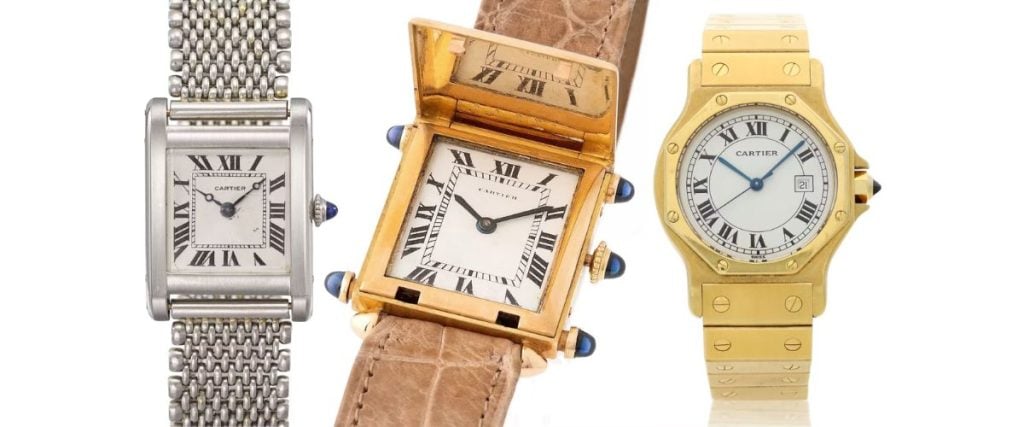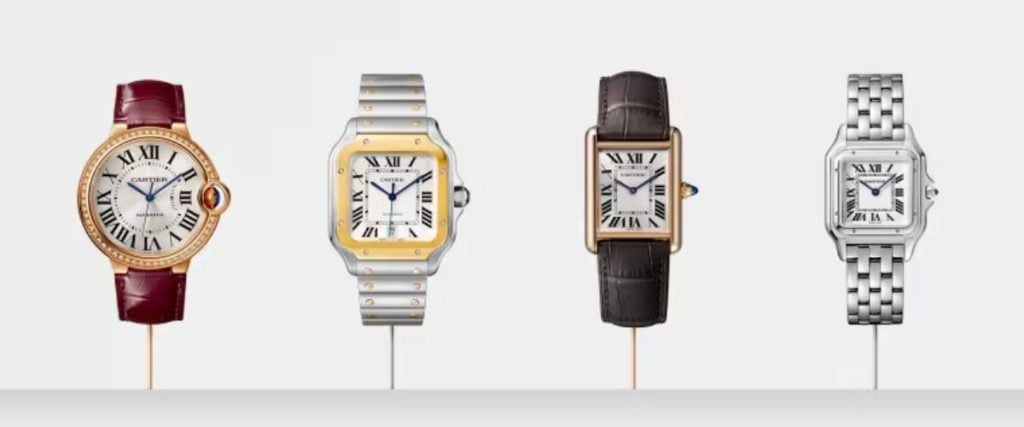
Do we need luxury watches? At first, the answer might seem like no. After all, we can just use our phones to check the time or date. We could even get a smartwatch with way more features than a regular luxury watch.
So, why do we need luxury watches? It’s about the feeling we get when we look at our wrist and think, “Wow, that’s a really nice watch.” That kind of emotion doesn’t come from glancing at a phone or a computer screen. Luxury watches can be a part of who we are—an extension of our style and a way to show what we like.
History of Luxury Watches
Clocks have been around since the times of the Egyptians, Romans, and Greeks. Beginning with clock towers, people eventually wanted to carry timepieces with them as they traveled. This led to the rise of the pocket watch. However, with the Industrial Revolution came a demand for more precise timekeeping.
During the world wars, watches became even more essential, and over time, pocket watches faded from common use. Luxury watches were part of this evolution and soon became the preferred choice for celebrities and a symbol of celebrating life’s milestones.
Top 20 Best Luxury Watches
Here’s a list of the top luxury watches you can get today.
Rolex Submariner (ref. 124060)

Arguably the most recognizable watch from the most iconic watch brand, the Rolex Submariner starts this list with a bang—specifically, reference 124060, the current no-date model of the Submariner lineup. The watch features a 41mm case and is often praised for its clean, symmetrical design, making it a favorite among enthusiasts.
Many consider the no-date variant the most aesthetically balanced option. Despite its size, the watch wears comfortably, even on smaller wrists, and is priced at an MSRP of $9,200. With 300 meters of water resistance, the Submariner easily qualifies as a GADA (go anywhere, do anything) watch. The Glidelock clasp allows for quick and precise adjustments, making it convenient to wear in various settings.
Whether paired with casual jeans and a T-shirt or dressed up with a suit and tie, the Submariner effortlessly complements any outfit. Powered by the Rolex 3230 movement, this watch boasts a 70-hour power reserve.
Patek Philippe Nautilus (ref. 5811/1G)
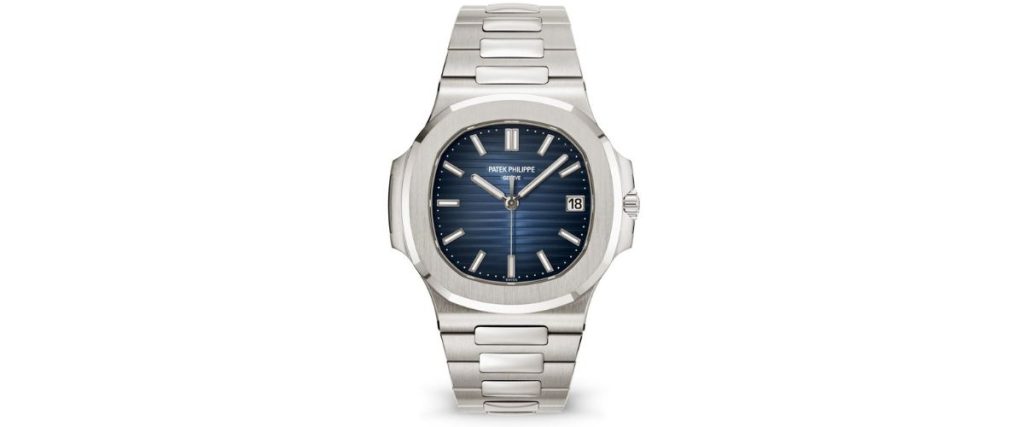
One of Patek Philippe’s most iconic watches is its Nautilus line, and the 5811 is a standout example. This white gold model features a time-and-date function, offering both elegance and practicality. Despite its 41mm diameter, the watch wears comfortably due to its slim 8.2mm thickness.
It also boasts a respectable 40-hour power reserve. At its heart is Patek’s 26-330 movement, a masterpiece of engineering that can be admired through the open case back. The Nautilus 5811 comes with an integrated bracelet, which enhances its sleek design but can make swapping out the bracelet slightly more challenging compared to other watches.
However, the attention to detail in every aspect of this timepiece leaves little to be desired. With an MSRP of $72,230, this watch represents the pinnacle of high horology—a timeless piece built to last for generations.
Audemars Piguet Royal Oak (ref. 15510ST.OO.1320ST.08)

We often hear rappers mentioning their APs or boasting about the number of baguette diamonds in their watches. The reference 15510ST.OO.1320ST.08 might be a mouthful to say, but it’s better known as the AP Royal Oak with a silver dial.
Priced at an MSRP of $28,600, this watch measures 41mm and is one of the cleanest designs in the Royal Oak lineup. While there are several variations of this model, this version stands out for its simplicity and elegance. The watch is powered by the AP Calibre 4302, featuring a time and date function.
At first glance, it might appear to have a standard silver dial. However, a closer look reveals the intricate Grande Tapisserie pattern—a signature texture that adds depth and unmistakable AP character to the design.
Vacheron Constantin Fifty Six Self-Winding 40mm Pink Gold (ref. 4600E/000R-H101)
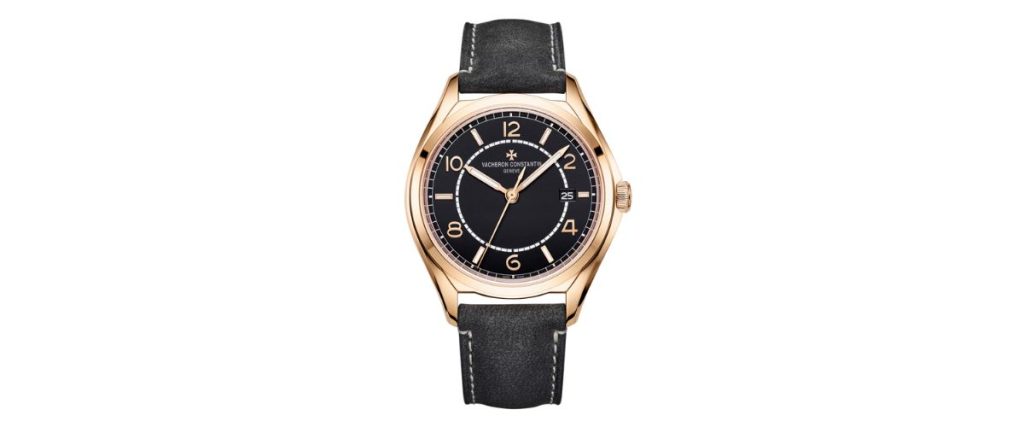
For people like me, looking at a watch like this instantly sparks the thought, “Wow, that is a good-looking watch.” The design of the Vacheron Constantin Fifty Six is simple yet utterly mesmerizing. Inside, the watch houses the Caliber 1326, with a case measuring 40mm in diameter and a slim 9.6mm thickness.
The standout feature is its stunning black sector dial, complete with a date window at 3 o’clock. Although the case is called pink gold, it has more of a warm gold tone that doesn’t come across as overly pink when worn.
The watch is paired with a black leather strap, making it perfect for black-tie events. However, its versatility means it could just as easily be worn with jeans and a T-shirt. Flip it over, and the transparent case back invites you to linger and admire the intricate movement within. All of this is available for an MSRP of $25,500—a timeless piece that bridges elegance and versatility.
A. Lange & Söhne Lange 1 (ref. 191.062)

When buying this watch, you might want to invest in a camera, too—you’ll be taking plenty of photos of it. With a wearable 38.5mm case and a slim 10mm thickness, this timepiece, crafted in platinum, is both elegant and understated.
Collectors often talk about paying the “back tax,” referring to pictures of the case back, and for good reason. The movements by A. Lange & Söhne are renowned for their beauty, and this watch is no exception.
Despite being manually wound, the craftsmanship visible through the case back is a work of art in itself. On the front, you’re greeted by a stunning onyx dial featuring time, date, and power reserve functions.
The watch is paired with a black alligator strap, adding to its sophistication, and offers a water resistance of 30 meters. Limited to just 300 pieces, this watch is as rare as it is exquisite. With an MSRP of $57,400, it’s a true masterpiece—and in my opinion, worth every penny.
Jacob & Co. Bugatti Tourbillon Black Titanium on Strap

Jacob & Co. is renowned for creating some of the most unique and seemingly impossible timepieces, and the Bugatti Tourbillon Black Titanium is no exception. Drawing clear inspiration from Bugatti, this watch is a marvel of design and engineering.
At first glance, the watch’s three dials immediately catch your attention. The far-right dial resembles a gas gauge, adding a playful automotive touch.
Meanwhile, a V16 engine animation sits next to a 30-second flying tourbillon, perfectly echoing the power and precision of a Bugatti supercar. The central dial displays the time in a dynamic way, designed to mimic the sensation of accelerating from 0 to 60, just like pressing the gas pedal.
While this watch may not appeal to everyone, it stands as one of the most impressive collaborations between a watchmaker and an automotive brand. Despite its complexity, the case remains surprisingly wearable at 52mm—a bold but fitting size for such a statement piece.
This extraordinary timepiece can be yours for an MSRP of $340,000 —a true celebration of luxury, innovation, and automotive excellence.
Richard Mille RM 65-01
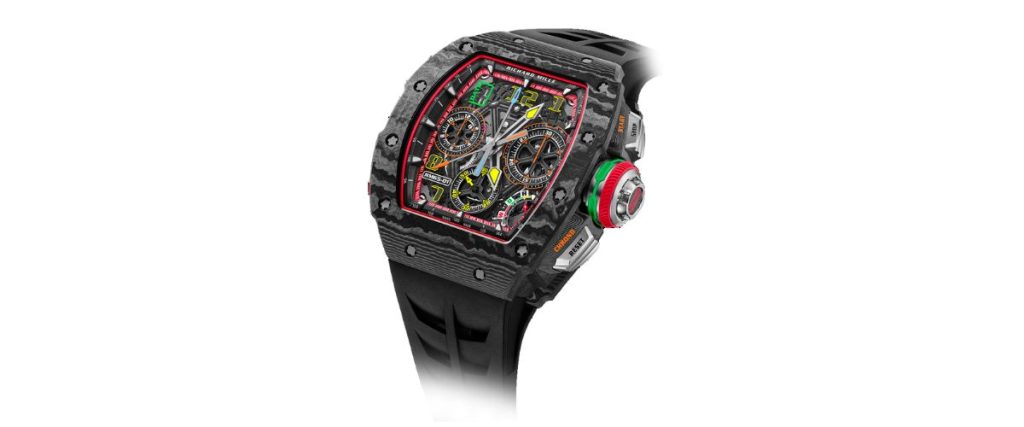
Every time you glance at this watch, you’re bound to notice something new you haven’t seen before. The Richard Mille RM 65-01 features a skeletonized dial, allowing you to fully appreciate the craftsmanship and complexity you’re paying for.
As a split-second chronograph, this watch lets you time two different events simultaneously. It also boasts a specially designed rotor that efficiently winds the watch during any activity. The level of innovation in this timepiece is unparalleled within its segment.
Designed with sports and performance in mind, the RM 65-01 is perfect for those who lead an active lifestyle. It also houses Richard Mille’s most complex movement to date, making it a true marvel of engineering. For the blue quartz version, this exceptional watch comes with an MSRP of $380,000—a testament to cutting-edge design and performance.
Cartier Santos Medium (ref. WSSA0029)

The Cartier Santos Medium has taken the watch world by storm, and I’ve seen it on more wrists than some of the popular Rolex models lately. With a 35mm case, it wears comfortably, especially for those with smaller to medium wrist sizes.
The watch also offers a practical water resistance of 100 meters. While the high-polished bezel around the dial has earned the Santos a reputation as a scratch magnet, don’t let that discourage you—it remains one of the most elegant watches available. The model comes in a variety of dial and case materials, but the classic white dial in stainless steel is priced at an MSRP of $7,050.
For those with larger wrists, there’s a larger Santos model available, which also includes a date function. One standout feature across the lineup is the integrated quick strap-change system, allowing you to easily switch between the steel bracelet and the leather strap provided by Cartier.
IWC Big Pilot’s Watch (ref. IW329303)
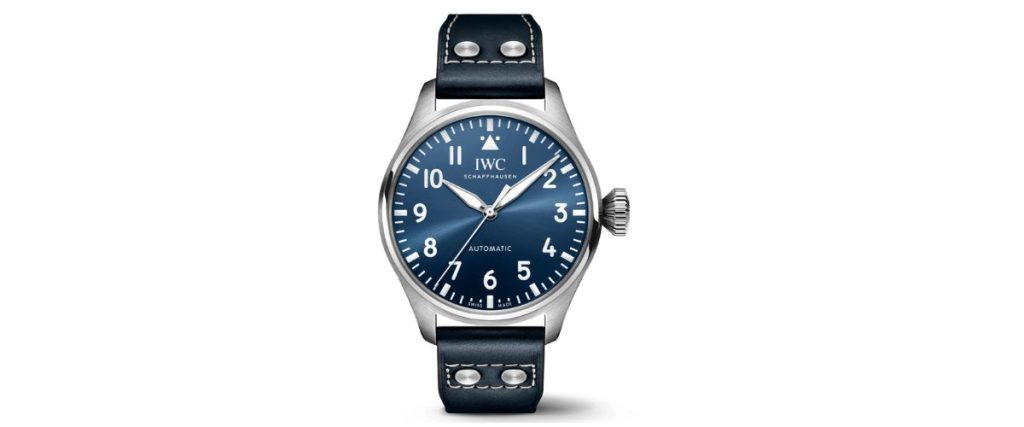
One of IWC’s iconic timepieces, the Big Pilot, is available with a stunning blue dial and an EasX-change strap system for easy swapping between straps. With a 43mm case and a blue leather strap, this watch wears on the larger side but remains comfortable and stylish.
The Big Pilot offers everything you need in an everyday watch, including 100-meter water resistance, a 60-hour power reserve, and a transparent case back showcasing the IWC 82100 in-house movement. While it comes with several strap options, the blue leather strap makes that blue dial pop.
For a period, I was focused on adding blue dial watches to my collection, and this one made the list, especially with an MSRP of $8,700. It’s a versatile watch that’s easy to wear in any situation. The dial is highly legible, and the glass is secured to withstand pressure changes, making it both practical and attractive.
Omega Speedmaster Professional Moonwatch (ref. 310.30.42.50.01.002)

The Omega Speedmaster comes in many variations, but the classic design with the black dial and the new 3861 movement remains the most popular. This is a hand-wound watch, and I once read that as you wind it, you should reflect on how you’ll be intentional with your time.
Priced at an MSRP of $8,000, the Speedmaster features sapphire crystals on both the front and back, giving you a clear view of its intricate design. One standout feature is Omega’s new bracelet, which is a true “chef’s kiss”—its tapered design to 15mm and the on-the-fly adjustment, known as the “comfort setting,” make it a joy to wear.
The case measures 40mm but wears smaller than expected, with a thickness of 13.2mm. This versatile watch can be paired with a variety of straps, giving you the feeling of owning a new watch each time you switch them out.
Tudor Black Bay (ref. M7941A1A0RU-0003)
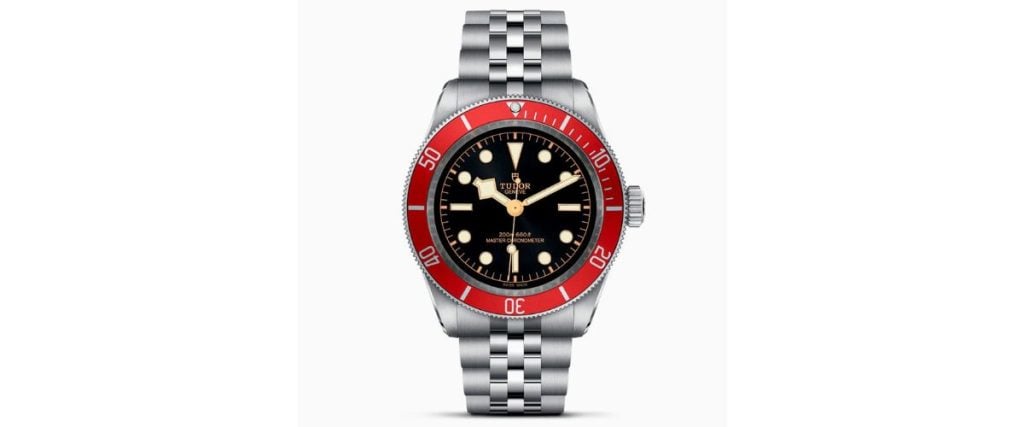
Before diving into the details of the watch itself, let’s take a moment to appreciate the bracelet. Tudor has stepped up their game with this one, creating a bracelet that not only looks fantastic but feels great on the wrist.
This particular version of the Black Bay features a striking red bezel and comes in at 41mm, with an MSRP of $4,700. With the recent refresh, Tudor has introduced a new METAS-certified movement, meaning the watch is not only highly accurate but has also passed rigorous testing to ensure top-notch performance.
The combination of the red bezel, black dial, beautiful bracelet, and new movement makes this a home run for Tudor. Additionally, the T-fit clasp allows for quick, on-the-fly adjustments, perfect for various activities, all while maintaining a solid 70-hour power reserve.
Grand Seiko Sport Lion’s Mane SBGE307
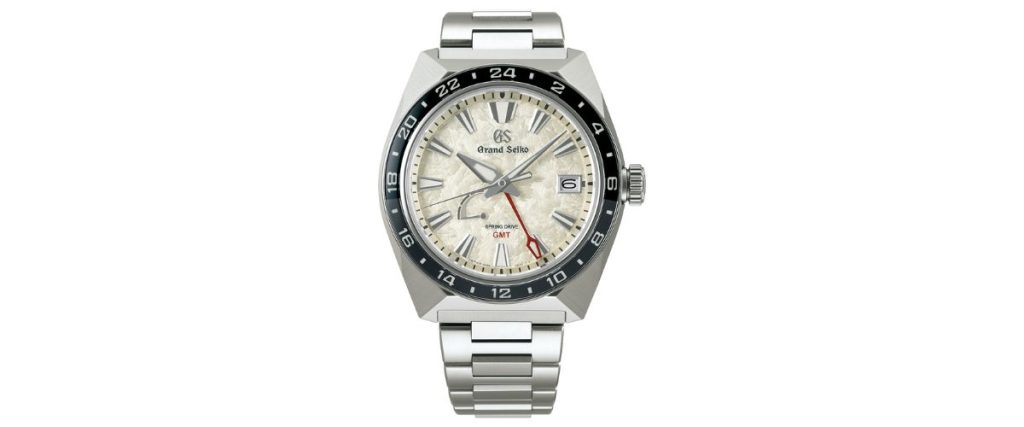
Grand Seiko is renowned for its stunning dials and intricate movements, particularly the Spring Drive. The Lion’s Mane, with its striking dial, is sure to spark conversations wherever you go.
With a case size of 44.5mm, this watch is on the larger side, but that extra size allows for a better view of the dial’s exquisite details, highlighted by the sweeping hand of the Spring Drive movement. Additionally, it features a GMT hand for those who need to keep track of multiple time zones. The watch offers a solid 200-meter water resistance, making it versatile for a variety of activities.
Priced at an MSRP of $11,000, it’s not only visually captivating but also comes with a 72-hour power reserve and one of the most accurate movements available. It’s easy to see why this timepiece is a true showstopper.
Hublot Big Bang Unico Green Saxem

If your favorite color is green or you’re in the market for a bold statement watch, the Hublot Big Bang Unico Green Saxem might be the perfect choice. This timepiece lets everyone know just how much you love the color green.
The watch comes in at a wearable 42mm and houses the Hublot Unico movement, which consists of 354 intricate parts. Despite the complexity, it achieves an impressive 72-hour power reserve and offers 50 meters of water resistance.
The case is crafted from Saxem, a material closely related to sapphire, allowing more of the movement to be visible through the transparent case. With its in-house movement and unique case material, this watch is limited to just 100 pieces, making it a rare collector’s item. The MSRP is $121,000.
Blancpain Fifty Fathoms Automatic (ref. 5010 12B30 B52B)
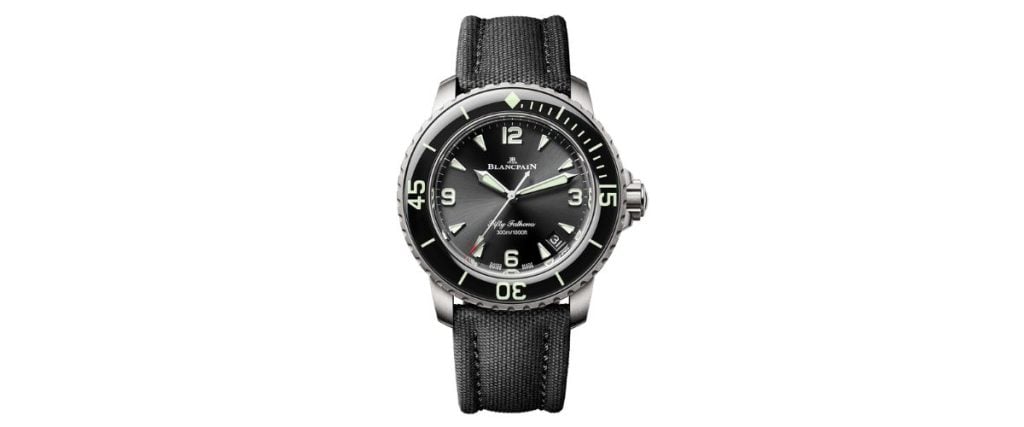
Does the age of a watch brand necessarily mean a longer power reserve? Probably not, but Blancpain, one of the oldest watchmakers in the world, offers an impressive 120-hour power reserve in its Fifty Fathoms Automatic.
This model features a 42mm titanium case and comes with a sail canvas strap. Inside, you’ll find the Caliber 1315, which provides time and date functions only. There are several variations of this watch, but this particular one boasts a sleek black dial and a beautiful open-case back. It’s priced at an MSRP of $18,400.
The Fifty Fathoms is versatile enough to be worn with a suit or dressed down with jeans and a shirt. However, it does wear on the larger side, so it may not be the best fit for those with smaller wrists.
Glashütte Original PanoMatic Lunar Blue Dial (ref. 1-90-02-46-32-64)
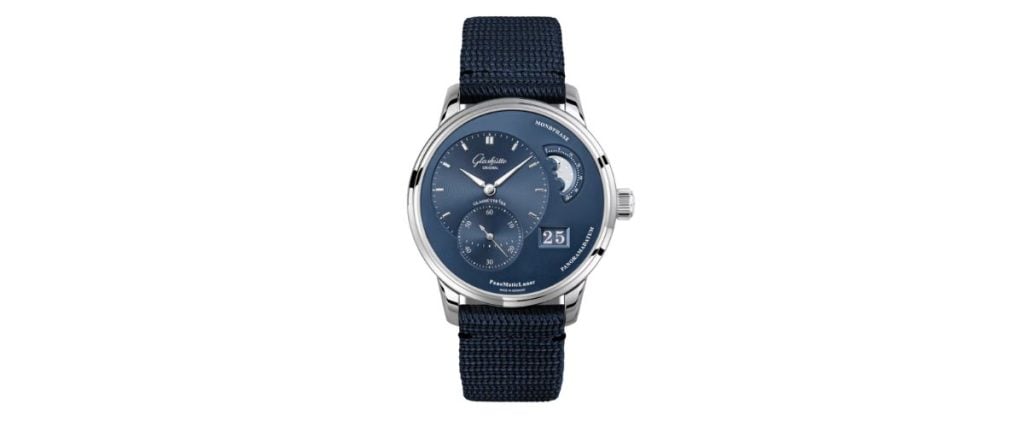
The last time I talked about moon phases was probably back in high school, but the Glashütte Original PanoMatic Lunar is sure to reignite those conversations. This watch features a stunning radiant blue dial and comes in a 40mm case size with a water resistance of 50 meters.
Despite the moon phase complication, the watch remains relatively thin at 12.7mm, housing the in-house Glashütte movement with a 42-hour power reserve. The unique dial configuration of this timepiece is sure to set you apart from others, offering a design that’s as distinctive as it is elegant.
Priced at an MSRP of $11,200, this watch comes on a blue fabric strap that enhances the blue dial, making it even more eye-catching.
Breguet Tradition Tourbillon (ref. 7047 7047PT/1Y/9ZU)

Many watches like to show off their engineering with an open case back, but Breguet takes a different approach by displaying their craftsmanship right on the front of the watch. Made from platinum, this timepiece has a 41mm case size and a thickness of 16mm, making a bold statement on your wrist.
When it comes to luxury watches, the tourbillon can be considered the epitome of fine watchmaking, and this watch is no exception. The tourbillon features Breguet’s Calibre 569, which houses an astounding 542 pieces and offers a 55-hour power reserve. With an MSRP of $222,200, this watch showcases what the highest level of horology truly looks like.
H. Moser & Cie. Streamliner Centre Seconds Purple Haze (ref. 6201-1201)
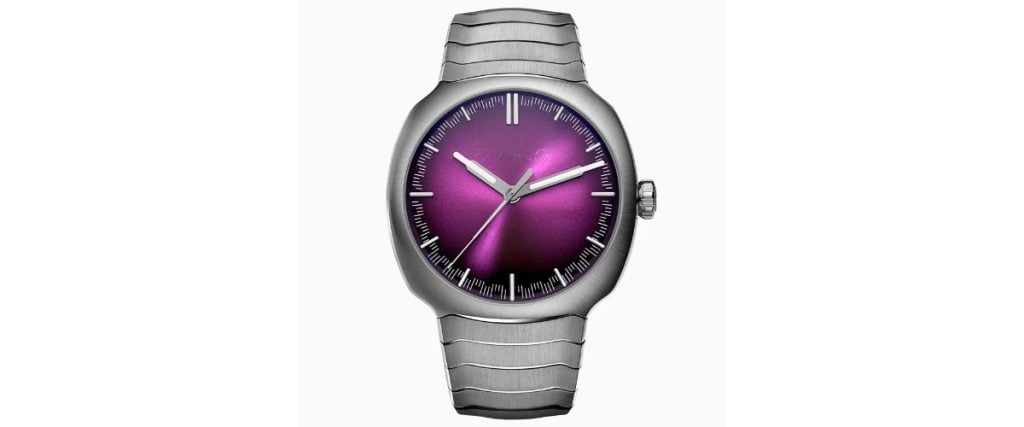
No other watch looks quite like the Streamliner, and that’s what truly sets H. Moser apart from the rest of the watch world. This timepiece features an integrated bracelet with a 40mm case size and offers 120 meters of water resistance. The dial is a stunning purple haze fume, as H. Moser describes it, but the real magic lies on the back.
The transparent case back reveals the HMC 201 movement, which is a simple time-only function but beautifully crafted. The bracelet is made with individually finished links, allowing it to comfortably hug the wrist and wear well in any situation. With a retail price of $24,000, this watch is not just a timepiece—it’s a conversation starter and a head-turner.
Parmigiani Fleurier Tonda PF Sport Chronograph (ref. PFC931-1020002-400182)

Parmigiani is synonymous with high-level watchmaking, and the Tonda PF Sport Chronograph is a prime example of this excellence. Inside the Tonda, you’ll find the PF070-COSC movement, which offers a 65-hour power reserve and features time, date, and chronograph functions.
The watch comes in a 42mm steel case with a thickness of 12.9mm, combining sportiness with elegance. The dial is beautifully textured with a silver finish, complemented by blue subdials for the chronograph.
The watch is paired with a blue rubber strap that perfectly matches the subdials, adding to its sporty yet sophisticated aesthetic. With an MSRP of $30,000, this timepiece is an easy addition to any collection, offering a sportier take on high horology.
Laurent Ferrier Grand Sport Tourbillon Pursuit (ref. LCF044.02.T1.RN1.2)

A common trend in luxury watches is the mesmerizing display of movement and engineering, and the Laurent Ferrier Grand Sport Tourbillon Pursuit is no exception. The tourbillon is showcased on the back of the watch, while the front features a stunning salmon-colored dial with a small seconds hand at 6 o’clock.
Laurent Ferrier has put watch enthusiasts in a difficult position—it’s hard to decide whether to admire the captivating movement on the back or the elegant dial on the front. This timepiece is on the larger side, measuring 44mm in diameter with a 13.5mm thickness.
However, it is crafted from grade 5 titanium, making it surprisingly light on the wrist. Inside, the watch houses the LF619.01 hand-wound movement, offering an impressive 80-hour power reserve, all for $200,000.
Czapek Antarctique Polar Sky 40.5mm

Living in a big city often means we don’t get to see the stars at night, leaving us to imagine what that view would be like. The Czapek Antarctique Polar Sky brings that night sky to your wrist.
The watch features a very wearable 40.5mm case with a thickness of 10.5mm, making it comfortable for daily wear. It comes with an integrated brushed and high-polish bracelet, complete with a micro-adjustment for easy, on-the-fly sizing changes. For versatility, it also includes a rubber strap, allowing you to wear the watch with anything from jeans to a suit.
But the real magic happens on the back. The open case back showcases the Caliber SXH5 with a micro-rotor, offering a clearer view of the movement and a 60-hour power reserve. Limited to just 99 pieces, this watch retails for $30,500, making it a truly exclusive timepiece.
Conclusion
Going back to the original question: do we need luxury watches? These timepieces are crafted with extreme precision, each part serving a unique purpose. The answer remains yes—luxury watches inspire a feeling that can become addicting, making you crave more and more.
I own some of the timepieces listed here, and I can tell you that it’s a great feeling to go about my day only to glance at my wrist and smile. There’s a special connection that comes from the research, the countless photos, and the careful thought put into selecting a luxury watch that truly reflects your persona.



